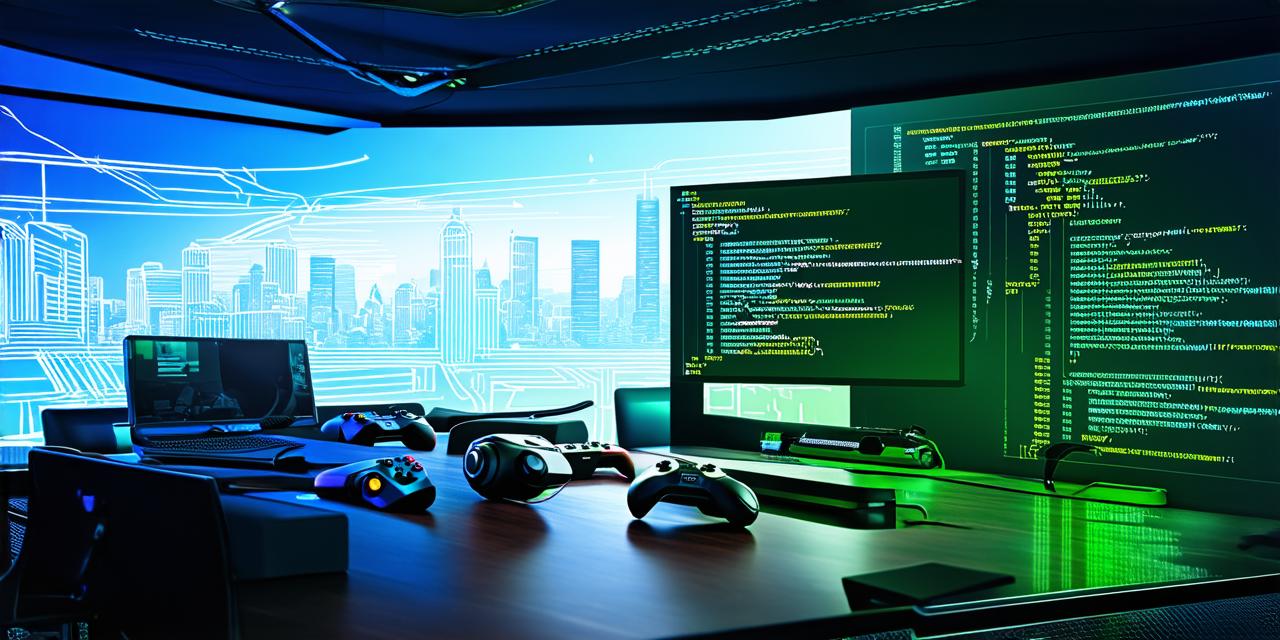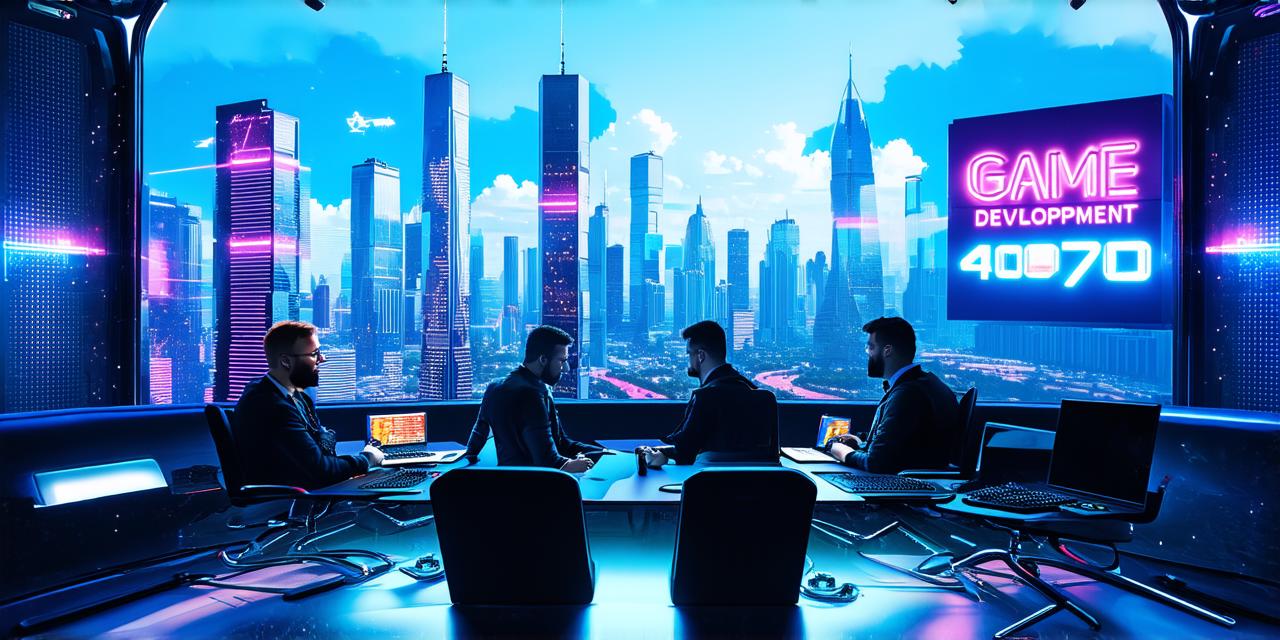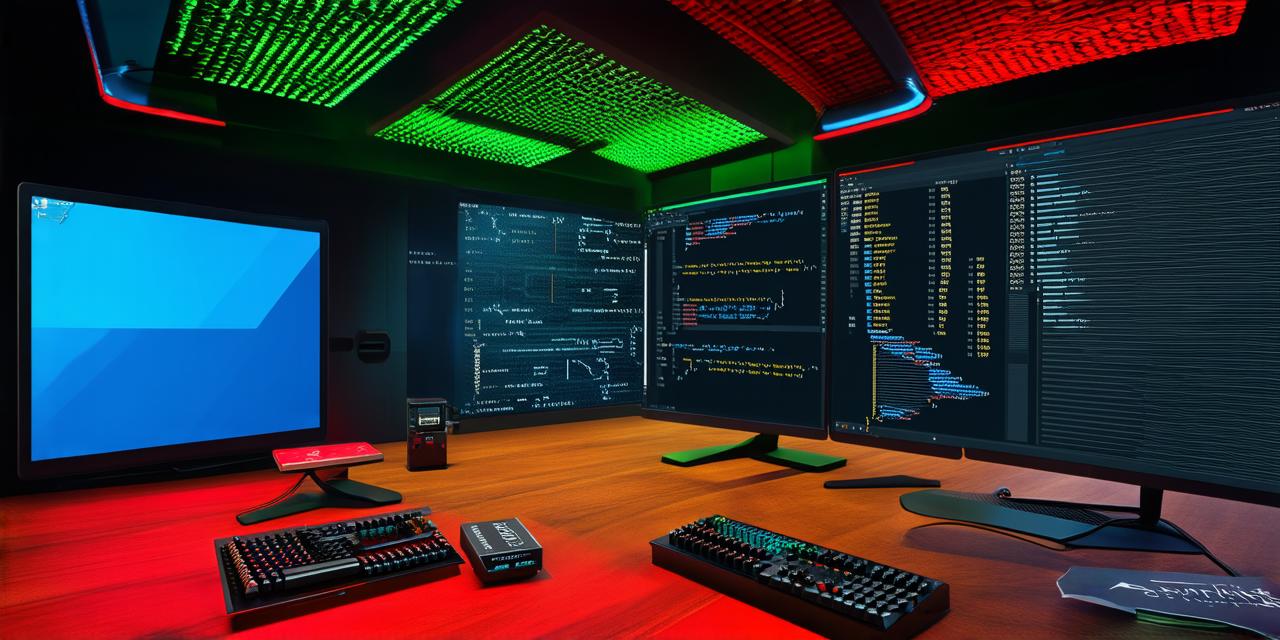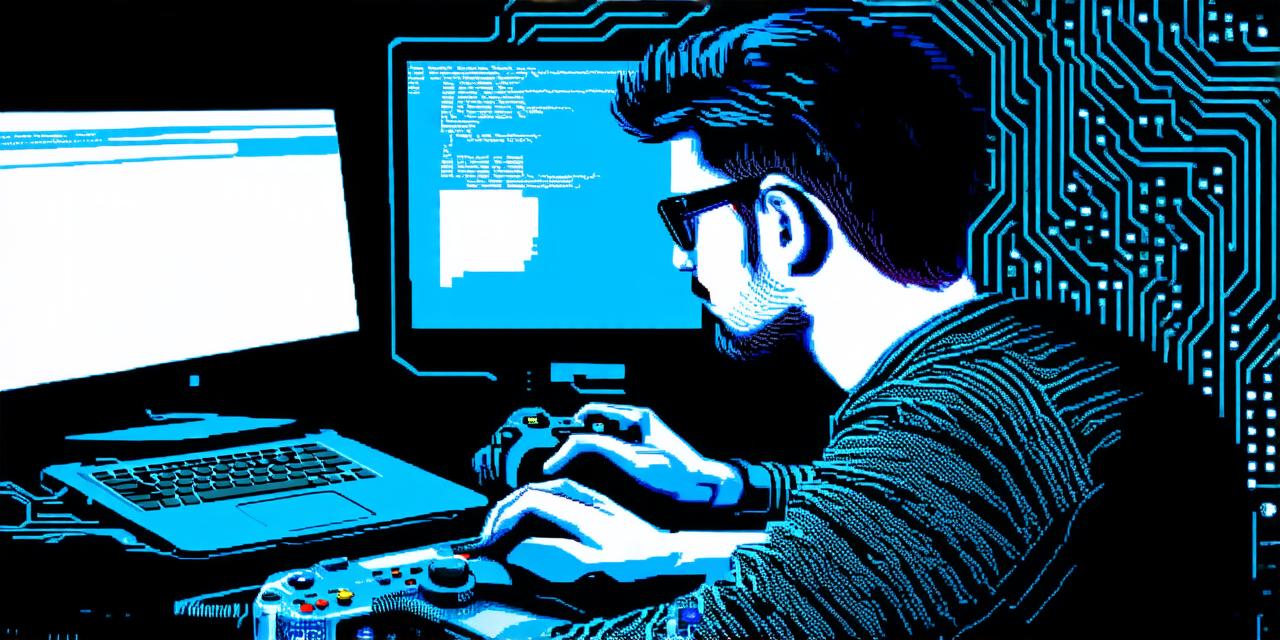Introduction:
Are you ready to take your game development skills to the next level? In this article, we will provide you with an ultimate guide on how to develop games in just 100 days. Whether you’re a beginner or an experienced game developer, this step-by-step approach will help you achieve your goals and create a successful game.
Step 1: Define Your Game Concept
The first step in developing a game is to define your game concept. This involves brainstorming ideas, creating a story outline, and determining the genre of your game. It’s important to have a clear vision of what you want to achieve before you start coding or designing.
Step 2: Choose Your Game Engine
The next step is to choose a game engine that suits your needs. Popular game engines include Unity, Unreal Engine, and Godot. Each engine has its own strengths and weaknesses, so it’s important to research each one and choose the one that best fits your goals.
Step 3: Create Your Game Design Document
Once you have a clear concept for your game and have chosen your game engine, it’s time to create your game design document (GDD). This is a comprehensive document that outlines the details of your game, including its story, characters, levels, and mechanics. It will serve as a roadmap throughout the development process.
Step 4: Develop Your Game Prototype
The next step is to develop your game prototype. This involves creating basic game mechanics, designing your game’s interface, and testing your game regularly. By developing a prototype, you can get feedback from players early on and make necessary changes before investing too much time and resources into the project.
Step 5: Create Your Game Art Assets
Once your prototype is ready, it’s time to create your game art assets. This includes creating characters, environments, and other visual elements of your game. You can either hire artists or use free resources such as Unity Asset Store to find the assets you need.
Step 6: Write Your Game Code
With your game design document, prototype, and art assets in place, it’s time to write your game code. This is where your technical skills will come into play. You can use programming languages such as C or JavaScript depending on your chosen game engine.
Step 7: Test Your Game Regularly
As you develop your game, it’s important to test it regularly. This includes testing for bugs, performance issues, and user experience. By testing your game early on, you can catch these issues before they become major problems later in the development process.
Step 8: Publish Your Game
Once your game is ready, it’s time to publish it. This involves submitting your game to app stores or gaming platforms such as Steam. It’s important to have a solid marketing plan in place to promote your game and attract players.
FAQs:
1. What if I can’t complete the 100-day timeline?

It’s okay if you can’t complete the 100-day timeline. The most important thing is to finish your game to the best of your abilities. You can always continue to improve and update your game after it’s published.
2. Can I use my own game engine instead of Unity, Unreal Engine, or Godot?
Yes, you can use any game engine that suits your needs. Just make sure that it has the features and tools that you need to create your game.
3. What if I don’t have programming skills?
You don’t need programming skills to develop a game. There are many game development tools and platforms that allow you to create games without writing any code. However, having some technical knowledge will make the process easier.
4. Can I sell my game after it’s published on app stores or gaming platforms?
Yes, you can sell your game after it’s published on app stores or gaming platforms. Just make sure that you comply with their terms and conditions and follow their guidelines for submitting and promoting your game.




